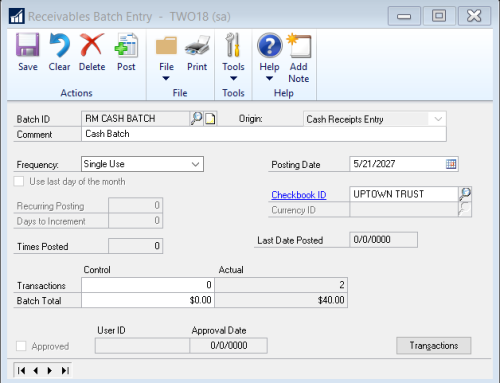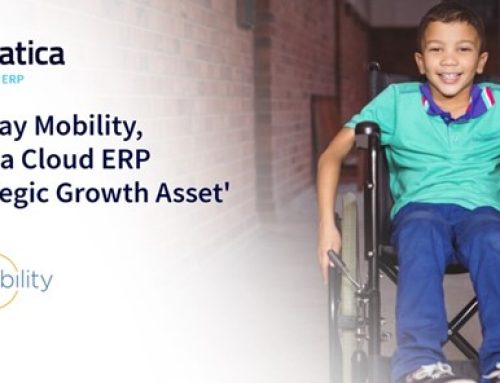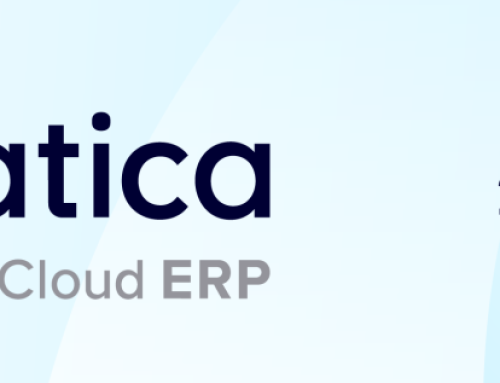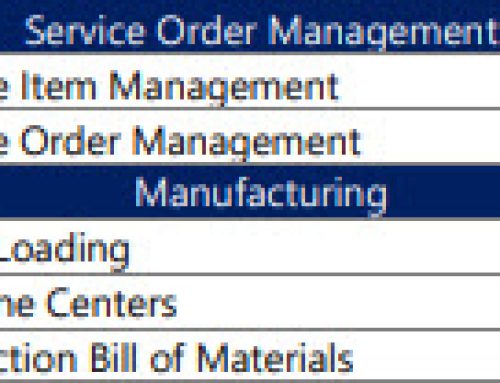In our article, “What is the Average Cost of a Dynamics GP Upgrade?” we stated that in our experience the average cost of a standard Microsoft Dynamics GP upgrade is between $2,200 and $3,700. However, this is just an average. There are 8 factors that can impact the price of the Dynamics GP upgrade. But there are also some tips you can use to help you save money and lower the cost of the Dynamics GP upgrade:
- Customizations:
Anytime you customize a system and actually modify the source code, it becomes harder to upgrade to the next version. To determine the amount of time it will take to transfer the customizations to the new version we need to have a programmer look at it. Ideally, this would be the same programmer who wrote the code originally. This could add a couple of hours or a couple of days depending on the level of complexity of the customization. Or in some cases they might have to start from scratch, writing new customizations
Money Saving Tip #1: You can save money on Dynamics GP upgrades by limiting major customization. Perhaps some new feature you want could be provided with an ISV add on tool instead.
- Number of Companies
The number of companies you have set up is a big factor in determining the cost of your Dynamics GP upgrade. If you have 100 companies, obviously it’s going to take 100 times as long to do the upgrade. When an upgrade is done, we upgrade the system database first and then go through and select which companies to update. But if you don’t update the companies then you can’t interact with them, so really, all companies have to be updated during the Dynamics GP upgrade.
- Database Size & Number of Transactions
Obviously a 500 megabyte company is going to upgrade a lot faster than a 500 gigabyte company. Basically the process has to go through all of the data, upgrade the tables for it and transfer all the data back into it. And if you need to upgrade your server hardware at the same time as the software upgrade, it will also take longer to move a bigger database. The number of transactions is related to the database size; the more transactions you have, the larger the database will be.
Money Saving Tip #2: You will save money if we know about any database issues in advance. The check links process can be run frequently to identify any database problems. These can be addressed and fixed, rather than accumulating for months or years, and coming to light during the upgrade.
- Custom Interfaces/Integrations
At CAL Business Solutions we specialize in integrating Dynamics GP with other applications. This eliminates double entry between the two systems and information can flow back and forth. Whenever an upgrade is done these connections need to be tested. Sometimes the integrations and interfaces will work the same way as they always did. But sometimes there are table changes and other modifications in the new version of Dynamics GP that will cause the interface to break. So it needs to be tested with multiple different files or setups to make sure it works, and will continue to work.
Money Saving Tip#3: If you want to integrate systems, work with a company who specializes in this and has a repeatable process. This way yours is not the only experience they have with this kind of upgrade.
- Third Party Add On (ISV) Modules
It is very common to include add on (ISV) products to your Dynamics GP system. Almost like apps on a smart phone, these ad-ons help you accomplish specific tasks. Some ISV products are pretty straightforward and they upgrade just by double clicking a file. Other times it is more complex or we may need to wait until the ISV product releases an update that is compatible with the newest version of Dynamics GP.
Money Saving Tip #4: Choose ISV products that are cFMD (Certified for Microsoft Dynamics) which guarantees they will be compatible with the latest release of Microsoft Dynamics GP. Or if not, do your homework to make sure the ISV product is reputable and well known in the Dynamics channel and not a “fly by night”. The best way to do this is to seek the advice of your Dynamics partner. For our clients, we provide recommendations of reputable ISV products in our CAL Marketplace www.calszone.com/marketplace. These are products we have worked with and upgraded for other clients.
- Current Version
Sometimes companies will skip doing regular upgrades and then decide to jump two or three versions forward. In fact, this can sometimes require even more time than performing multiple upgrades. So depending on how far back you are will also impact how much it costs to upgrade. Usually if you are over two versions back then we have to do an extra step to upgrade. For example, you can jump from version 9 to version 2010 (version 10 and GP2010 are different – GP2010 is actually GP11) but you can’t jump directly from version 9 to version 2013. List of Dynamics GP versions. While the cost may be lower than doing each of the upgrades separately, it is not quite that simple.
Money Saving Tip #5: If you follow the Dynamics GP upgrade path and go from one major release to the next it is usually easier for us to upgrade and it will be a lower cost.
- Modified Reports
Modified reports are not as much of a factor in the cost of Dynamics GP upgrades as it used to be but it is still good to include on the list. Based on our experience with other upgrades, we know which reports would give us issues, and we can usually recreate any changes pretty quickly.
- Testing
We will always strongly recommend doing a test upgrade before the real thing. While this takes more time, it can potentially save much larger, more expensive, problems later.
Money Saving Tip #6: When you do a Dynamics GP upgrade you will save money if you are diligent about testing. Sometimes our clients tell us they will take care of testing on their own. But then once we do a live upgrade we run into all sorts of problems that should have been caught during the testing process. So when you do a test upgrade you must have users take the time to go in and test it thoroughly, in all scenarios, and let us know any of the issues. That way we can resolve errors calmly and it’s not a fire drill later on. This will save you money and it will save everyone a lot of stress.
How often will you need to do Microsoft Dynamics GP upgrade?
Microsoft recently switched from a 1.5-2 year release schedule to a 6 month release schedule. Read: How Do You Feel About the New Dynamics GP 6 Month Release Cycle? There are pros and cons to this for users. But when we talk about upgrade costs we are still referring to the major releases, done approximately every 2 years.
Thank you to Daniel Saffo, Application Support Technician at CAL Business Solutions for contributing to this article.
If you are interested in a Microsoft Dynamics GP upgrade, contact CAL Business Solutions sales@calszone.com or 860-485-0910 x4 and Daniel and his team will assist you.
By CAL Business Solutions, Microsoft Dynamics GP Partner, www.calszone.com





